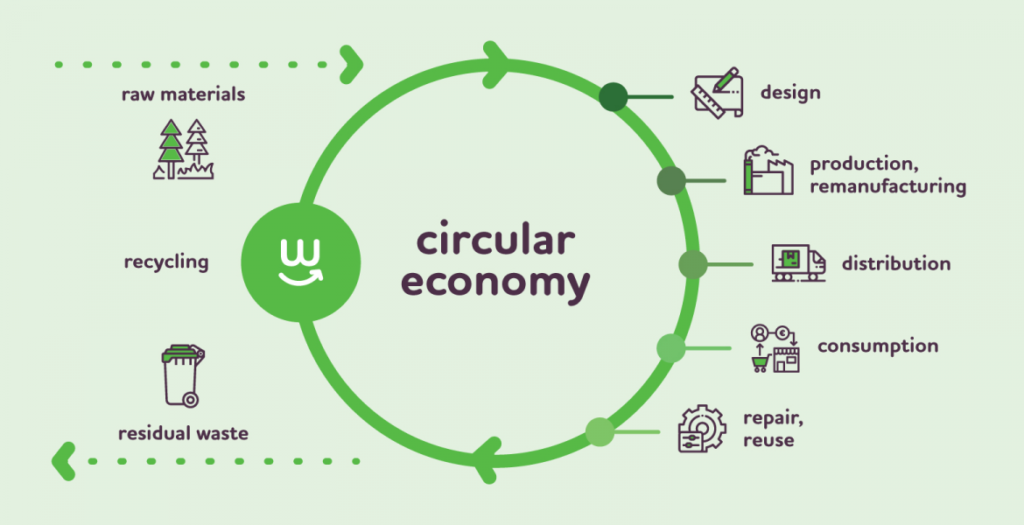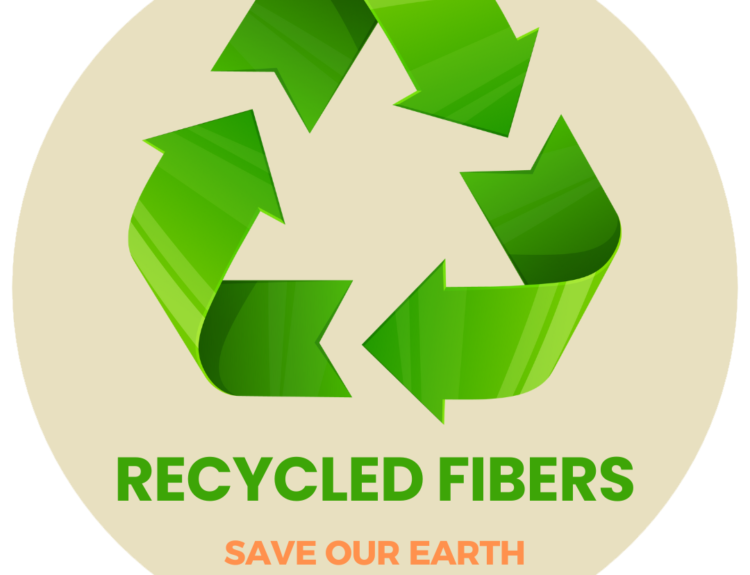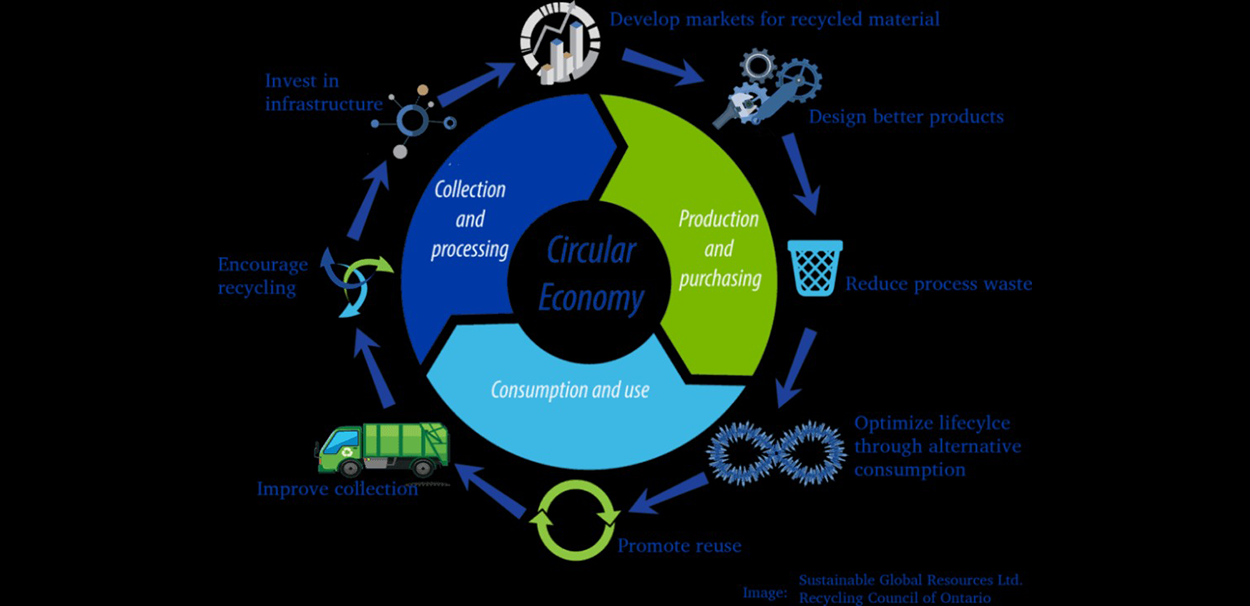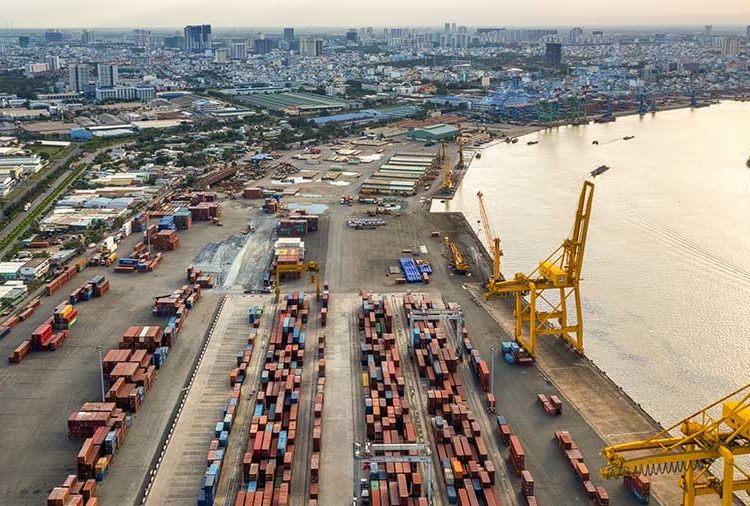In recent years, a powerful concept has been gaining traction across industries and economies worldwide – the Circular Economy. This innovative approach to production and consumption is shaping up to be a defining trend that not only addresses environmental concerns but also promises long-term sustainability and economic growth.

Understanding the Circular Economy:
At its core, the Circular Economy is a departure from the traditional linear model of ‘take, make, and dispose’ to a more sustainable, regenerative system. Instead of viewing resources as finite and disposable, the Circular Economy seeks to create a closed-loop system where products and materials are reused, refurbished, remanufactured, and recycled.
Driving Forces Behind the Circular Economy Trend:
Environmental Imperatives: The urgency to combat climate change and reduce the environmental impact of human activities is a primary driver. The Circular Economy minimizes waste generation, conserves resources, and reduces greenhouse gas emissions.
Economic Opportunities: Businesses are recognizing the economic potential of adopting circular practices. From cost savings through resource efficiency to new revenue streams through product life extension and recycling, circular approaches offer a competitive edge in the market.
Consumer Awareness: As consumers become more environmentally conscious, there is a growing demand for sustainable and eco-friendly products. Companies that embrace circular practices not only meet this demand but also enhance their brand image.
Industries Leading the Circular Charge:
Fashion Industry: Fast fashion has long been criticized for its wasteful practices. However, many fashion brands are now adopting circular principles by designing durable products, encouraging recycling, and even incorporating biodegradable materials.
Technology and Electronics: With the rapid pace of technological advancement, electronic waste has become a significant concern. Circular initiatives in the tech sector involve designing products for repairability, recycling electronic components, and responsible disposal.
Automotive Sector: Car manufacturers are increasingly focusing on circular strategies by designing vehicles with recyclable materials, promoting car-sharing models, and investing in the development of electric and hybrid vehicles.
Global Initiatives and Policies:
Governments and international organizations are recognizing the importance of the Circular Economy and are implementing policies to encourage its adoption. From incentivizing businesses to adopt circular practices to regulating the use of certain materials, the global push towards circularity is gaining momentum.
Challenges and Solutions:
While the Circular Economy holds great promise, it is not without challenges. These include technological barriers, resistance to change, and the need for standardized processes. Collaboration among industries, policymakers, and consumers is essential to overcome these hurdles and drive the transition towards circularity.
The Road Ahead:
The Circular Economy is not just a trend; it is a paradigm shift that is reshaping the way businesses operate and societies consume. As more industries and nations embrace circular principles, we can look forward to a future where waste is minimized, resources are conserved, and the economy thrives in harmony with the planet.
In conclusion, the Circular Economy is not just a buzzword; it is a transformative force that holds the key to a sustainable and resilient future for our planet and its inhabitants. Whether you are a consumer, a business owner, or a policymaker, embracing the Circular Economy is not just a choice – it is a necessity for a thriving and sustainable tomorrow.
About RECYCLED POLYESTER FIBERS
POLYESTER FIBERS We partner with numerous factories and manufacturers in Viet Nam and other Asian countries.We supply various and different polyester staple fiber such as hollow conjugate siliconized and non-siliconized, hollow non conjugated fiber, hollow slick fiber, black solid fiber, brown fiber, green fiber, filling fiber, polyester fiber, recycled polyester fiber, spinning fiber. All are GRS and OEKO TEX certified.
Our polyester staple fiber is used as raw material for the production of several industrial applications such as polyester pillow filling, stuffed toys, cushion, comforters, sofa, mattress, bedding sheet, quiltings, wadding, padding, non-wovens, geotextile, automotive, abrasive products for domestic and industrial use, yarn for textile flooring (carpets and moquette), shoes, special filters and much more.
Our recycled Polyester Staple Fiber is of good quality and competitive price, which is used in the application of filling polyester pillows, mattress, cushions, quilting, comforters, padding, wadding, stuffed toys, carpets, felts, automotive nonwoven industry and home textiles.
We are well-known for our excellent customer service and we would like to have long-term business cooperation with customers from all over the world.
Please contact us for long-term cooperation!
Mr. HARRY
Website: vietnamrecycledfiber.com
Youtube: Vietnam Recycled Polyester Fiber





